What you can do to champion gender equality
You only have to glance at a few statistics on gender in the UK design industry to know that design has a gender problem. While 70 per cent of design graduates are female, around 40 per cent of designers are women, and just 11 per cent make it to creative director level. Like most industries, there’s also a significant gender pay gap – research by SJD Accountancy shows women are paid upwards of 25 per cent less than their male counterparts.
These issues are pertinent all year round, but International Women's Day (IWD) tends to push them into the spotlight. In aid of IWD 2019, we asked leading female creatives what we can all do to address the gender imbalance in the design industry, and also look at organisations and resources that can help everyone – regardless of their gender – work towards change.
01. Think about communication

“It’s important that everyone feels like they have a place at the table, not just women,” says SheSays co-founder Laura Jordan Bambach, “so make sure that you are allowing other people to speak and have opinions.”
You should also make sure you use language that is inclusive,” continues Jordan Bambach. “There’s a lot of ‘banter’ in the industry which is not that welcoming or inclusive of women or anyone else who happens to be in a minority.”
And if you’re a confident person who can express themselves well? "Try and take people along with you and give them the opportunity to feel that way as well."
If you're struggling with confidence, check out award-winning organisation She Says. SheSays runs events and mentoring for creatives who identify as female in over 40 cities in the world. If SheSays isn’t in your city, get in touch with the organisers to find out about starting a chapter.
02. Recruit with gender in mind
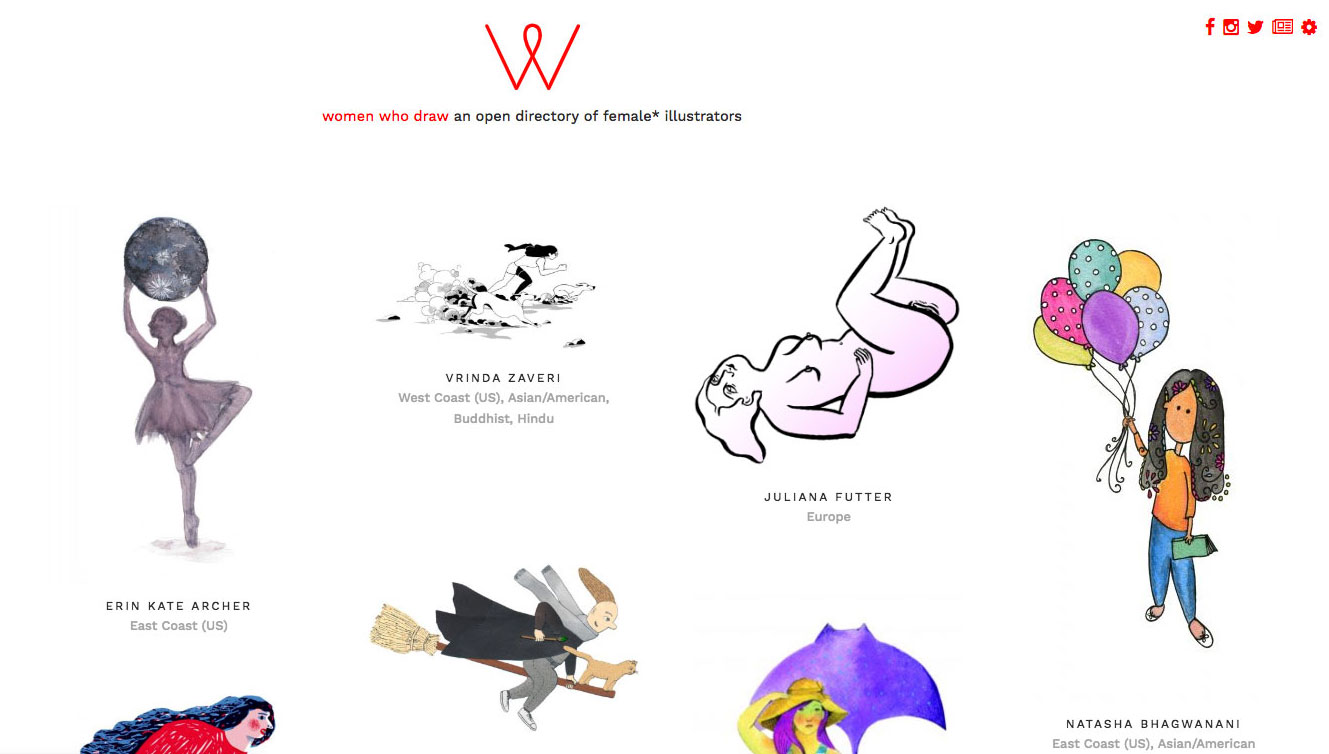
“Studios need to spend longer on the hunt for female creatives in the recruitment process to ensure a balanced design studio,” says Carrie Bale, project manager at Purple Creative.
Daily design news, reviews, how-tos and more, as picked by the editors.
In doing so, you shouldn’t be afraid of seeming biased towards women, says Katie Cadwallader of Supple Studio. “We’re trying to right a history of inequality and injustice, and it’s possible the pendulum needs to sway a little far the opposite way for a while to begin the change.”
If you’re looking to hire women for a creative project, see directories such as Women Who Draw – a directory of illustrators who identity as female – or Yes Equal, a network of creative women available to talk at events.
03. Celebrate female designers
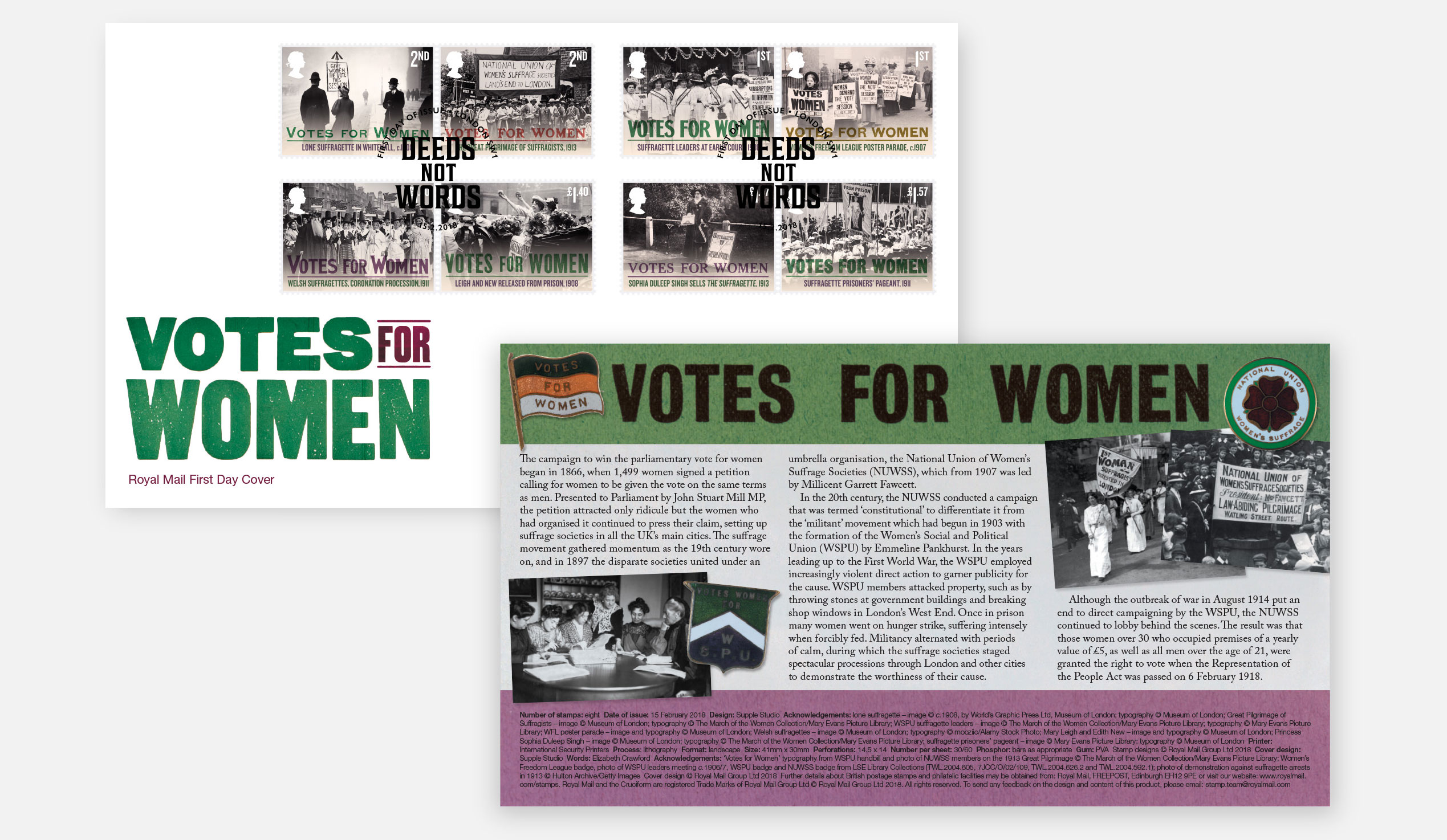
Cadwallader thinks that women need to be kinder to each other. “I wish we bigged each other up a little more,” she says. “I feel like the men are really good at it, especially on Twitter. Women are naturally quite competitive with each other and we need to work to break that habit.”
After Jessica Walsh had an encounter that made her realise that women can be competitive and unsupportive towards each other, she started Ladies, Wine & Design in New York. Ladies, Wine & Design provides support and networking to women, and is now present in over 200 cities around the world.
04. Champion female leaders
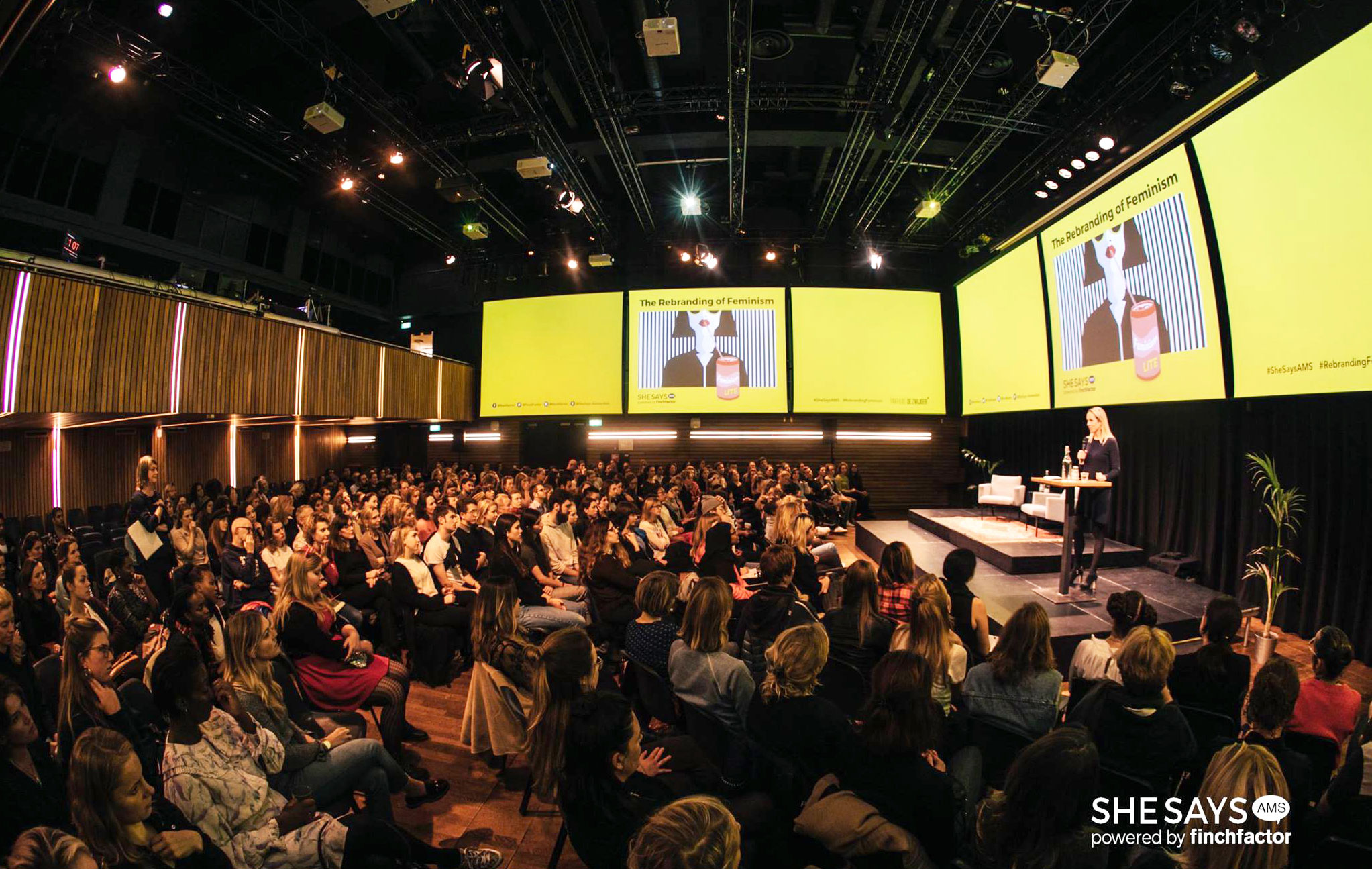
Debrah Smith, Creative Director at Smith&+Village, has some tips for women who want to aim for leadership. "Think leadership from the moment that you start your career – you are in the design industry because you are creative and want to change things. Be confident in your abilities and don't settle for anything less than progression.
"You also need to be confident with your clients and become their trusted advisors," she says. "Leadership is all about gaining trust from those around you and if you don't feel you are getting the opportunities to do that, move on."
Like SheSays, collective Kerning The Gap focuses on practical ways to get more women in leadership in the design industry. “That’s not to say that every woman should want to or have to be a leader, but on the journey of solving the challenges of why we don’t have more, we will make the lives of every woman better in the design industry,” explains founder Nat Maher.
Kerning The Gap runs events and mentoring throughout the UK. If you'd like to find out more, sign up to the Kerning The Gap newsletter to find events in your area.
05. Get accredited

Companies that want to champion diversity and inclusion can aim to get accredited with the Creative Equals' Creative, Digital and Media Equality Standards, recognised kitemarks that give companies a diversity and inclusion review, rating and action plan. “The standards look at all aspects of diversity – gender, race, LGBTQI, education, faith, age, disability, neurodiversity – and look at company policies and practices, top to bottom, in and out,” explains Creative Equals co-founder and CEO Ali Hanan.
Creative Equals also runs workshops and events in the UK, including a programme for creative women who have had a career break and want to return to work.
06. Focus on being you
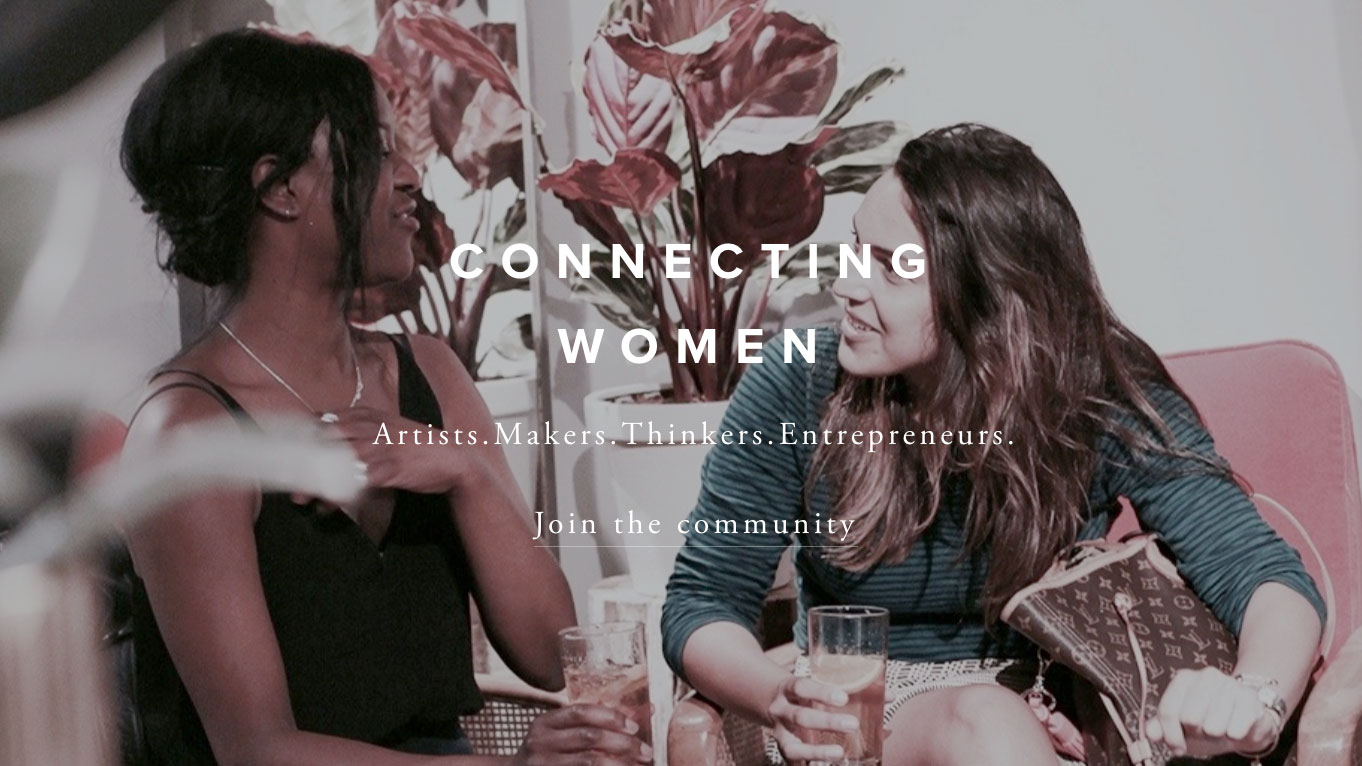
"For too long, women have laboured under the belief that to make it in business, we have to behave like men," says Rowena Curlewis, CEO of drinks design specialist at Denomination. "Shoulder pads, spike heels, alpha swagger – the clichéd armour of the woman trying to make it in a man’s world." That's all fine if it’s really you, she continues, but if it’s not, don’t worry about it: you’re good enough as you are.
For tips on navigating common workplace issues such as asking for a payrise, networking and building your brand, read Little Black Book: A Toolkit for Working Women. This Sunday Times bestseller was written by writer and brand consultant Otegha Uwagba – who also runs creative community Women Who.
This is an edited extract of an article from issue 290 of Computer Arts magazine, which is out now. Buy issue 290 to read more on gender in the design industry; subscribe to Computer Arts here.
Read more:
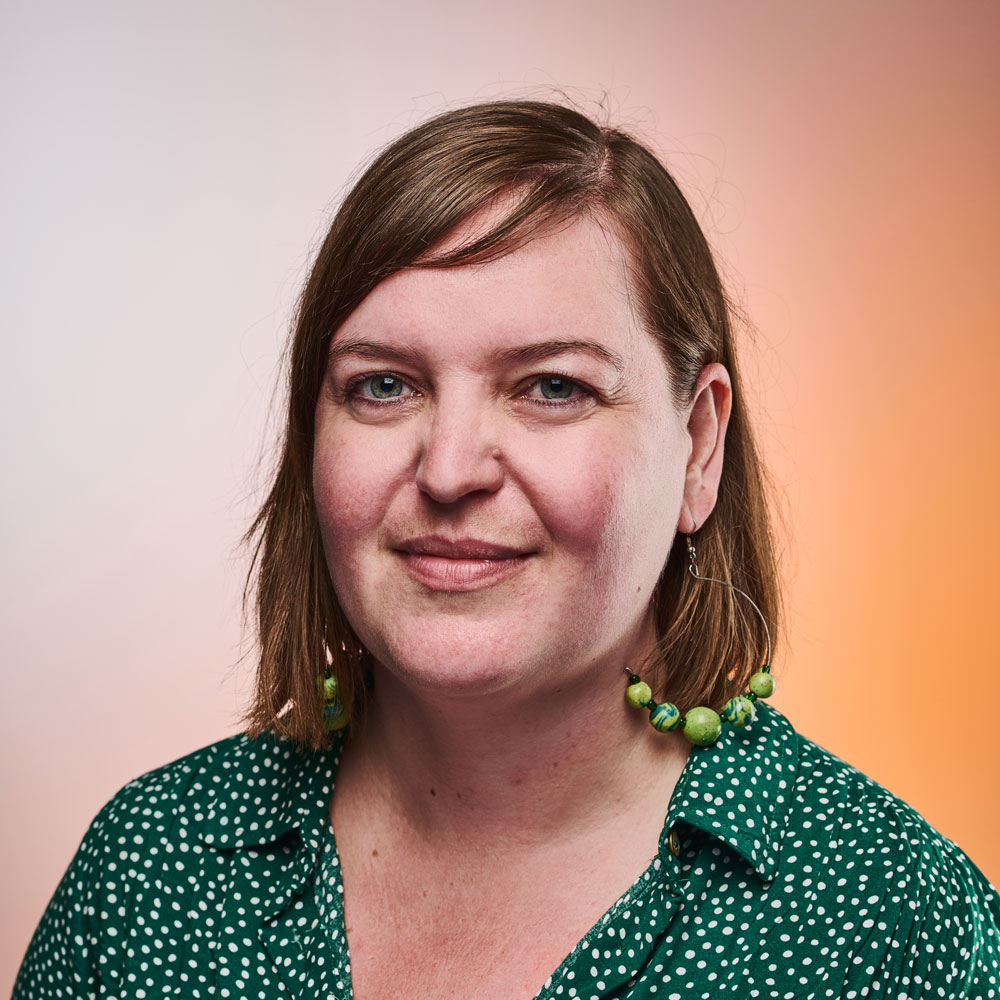
Rosie Hilder is Creative Bloq's Deputy Editor. After beginning her career in journalism in Argentina – where she worked as Deputy Editor of Time Out Buenos Aires – she moved back to the UK and joined Future Plc in 2016. Since then, she's worked as Operations Editor on magazines including Computer Arts, 3D World and Paint & Draw and Mac|Life. In 2018, she joined Creative Bloq, where she now assists with the daily management of the site, including growing the site's reach, getting involved in events, such as judging the Brand Impact Awards, and helping make sure our content serves the reader as best it can.
